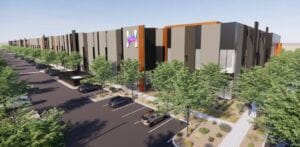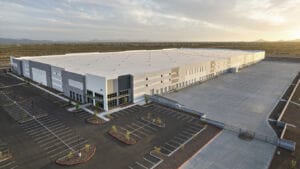As we are already midway through 2019, there have already been a lot of trends that have caught on. The construction industry is in the midst of a fascinating transition by integrating new technology, ideas, and opportunities into the sector. This doesn’t mean that the industry is without any challenges. There is still a labor shortage for skilled workers, political backlashes, and uncertainty of raw materials and tariffs.
Despite these problems, contractors are certain that the industry will grow in the future with even more technological advancements and innovations. To become more competitive and stay ahead of market shifts, here are a few construction trends that will help you gain an edge in the industry.
Drones
The use of drones in the construction industry is the fastest growing trend of 2019. Drones are equipped with cameras to access remote locations, collect data, map large areas, give an aerial view of sites and produce thermal images. The most common problem related to the construction industry is personal safety and equipment loss. Drones can significantly reduce these areas of liability, and with the cost of quality drones falling, they are here to stay.
Construction Management Software
The efficiency of construction management software has seen steady improvement over the years, and it has been a vital part of every construction project in 2019. Tasks such as bidding, estimation, project management, orders, scheduling, human resourcing, billing, and accounting can be made easier through the use of the software. Having great construction management software is a vital component to staying in the race with your competitors, meanwhile creating ease for yourself.
Green Construction
The awareness surrounding global warming and greenhouse gases has assisted the trend of more eco-friendly projects. It has become a norm of construction for residential and commercial buildings and is expected to become the merit of excellence in the future. By using resources and building models that ensure lowering a building’s carbon footprint to a minimum, instill these techniques into your construction methodology.
Safety Equipment
Human safety is an essential part of every construction site. There is a lot of heavy machinery, dangerous tools and equipment used, and if safety isn’t guaranteed, a lot of lives are put at risk. Due to recent innovations, ensuring safety at a site is no longer arduous. Specialized robots are being used to work in areas that are not safe for humans. Commonly used equipment such as welding tools are being developed to be more efficient so that anyone can use them without danger to their lives. Quality assurance has led to a very positive change and reduced job site accidents to a minimum.
Building Information Modeling
Building Information Modeling is another software that is helping industries to stand out from the rest. BIM allows users to create a computer-generated visual of their projected building. The software also estimates how well a building will hold up to wear and tear depending upon the material used. BIM increases the efficiency of a building, greatly reduces construction cost, and promotes a faster and safer building process.
Reduced Skilled Labor
The skilled employment rate has been minimal even in 2019. A lot of companies are developing training centers to create skilled labor. The main issue in the employment sector is the reduction of the immigration rate, as they constituted a significant portion of the construction labor section. Builders and contractors and investing in safer tools and higher wages to attract a competent workforce. With the growing value of trade schools and apprenticeship programs, contractors are sure that this issue will be resolved in the coming future.




